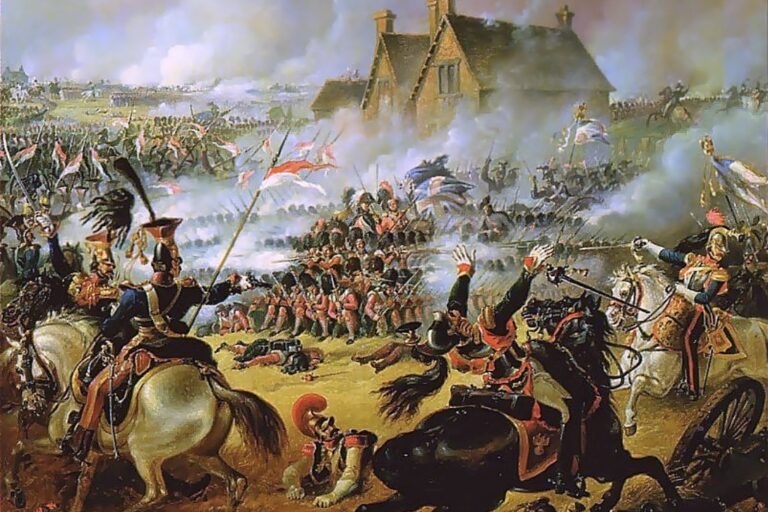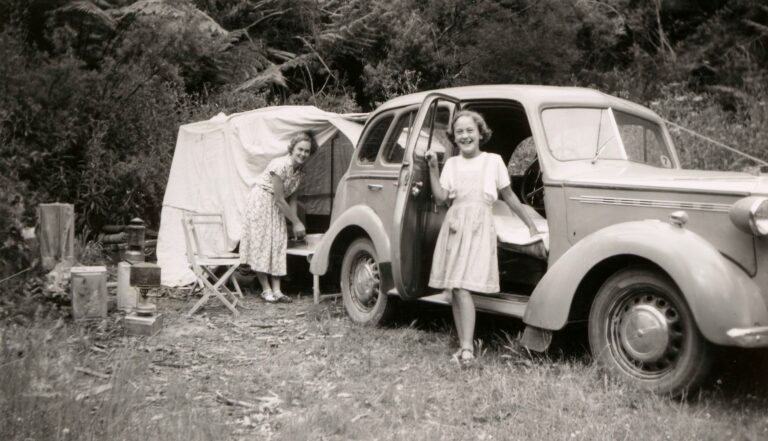Writing a family history can be a big project, but it’s also incredibly rewarding. It’s a chance to honor your ancestors and ensure that their stories are never forgotten.
So grab a pen (or a keyboard) and start writing — your family’s history is waiting to be told.
How to Write Your Family History for Future Generations
After years of researching your family tree, you might feel ready to share your findings with others. Writing a family history is a wonderful way to preserve your ancestors’ stories and pass them down to future generations.
Here’s how to get started:
1. Scope
First, decide on the scope of your project. Do you want to write about one branch of your family, or do you want to cover your entire tree? You might focus on a specific time period, like the Great Depression, or a particular ancestor who led an interesting life.
2. Organize
Next, organize your research. Gather all your documents, photos, and notes, and create a timeline of key events. This will help you see the big picture and identify any gaps in your research.
3. Outline
When it comes to writing, start with an outline. Break your story into chapters or sections, such as “Early Life,” “Immigration,” or “Family Traditions.” This will make the writing process less overwhelming.
4. Stories
As you write, try to bring your ancestors to life. Instead of just listing dates and places, describe their experiences and emotions. What challenges did they face? What were their hopes and dreams? Use details from your research to paint a vivid picture of their lives.
5. Add color
Don’t forget to include photos and documents. These can add depth and authenticity to your story. If you have letters, diaries, or other personal items, consider including excerpts.
6. Who is this for?
Finally, think about your audience. Who are you writing for? If it’s for your children or grandchildren, you might include explanations of historical events or family traditions. If it’s for a wider audience, you might focus on the broader significance of your family’s story.



